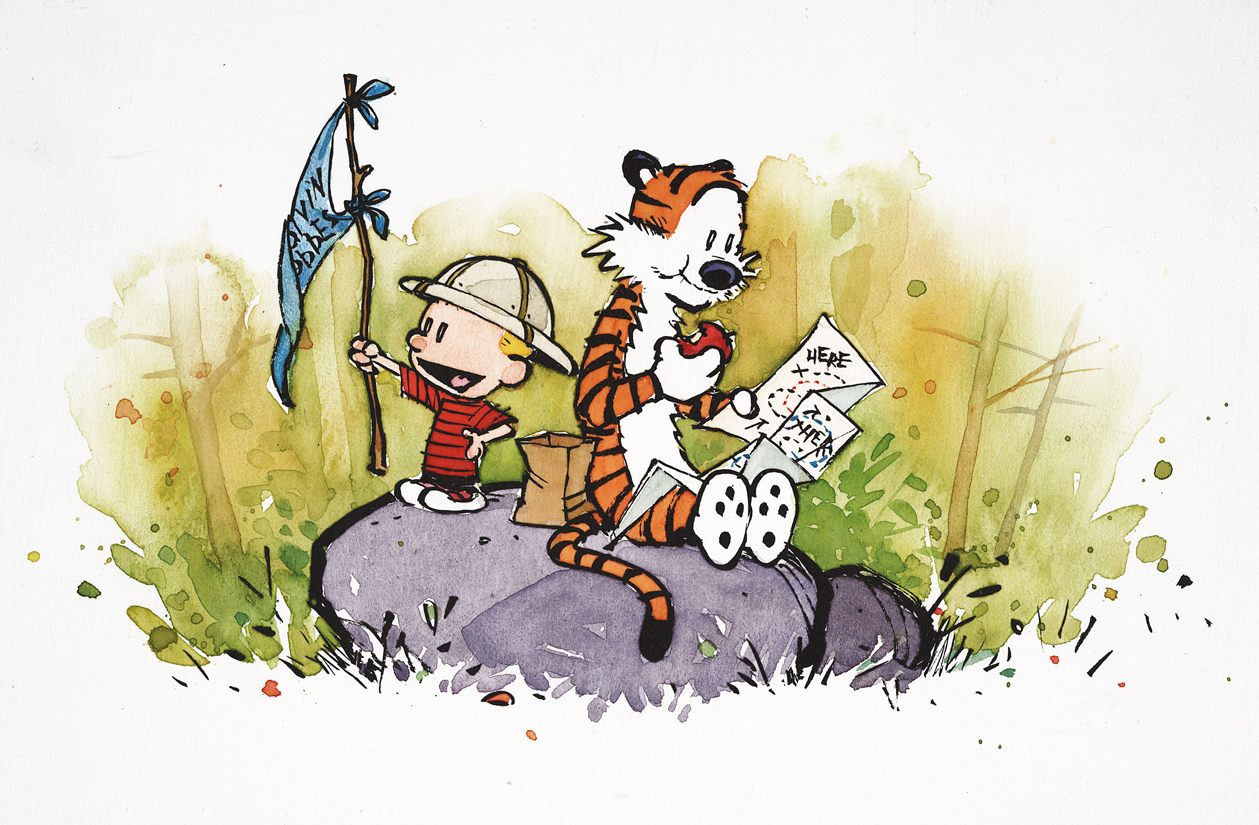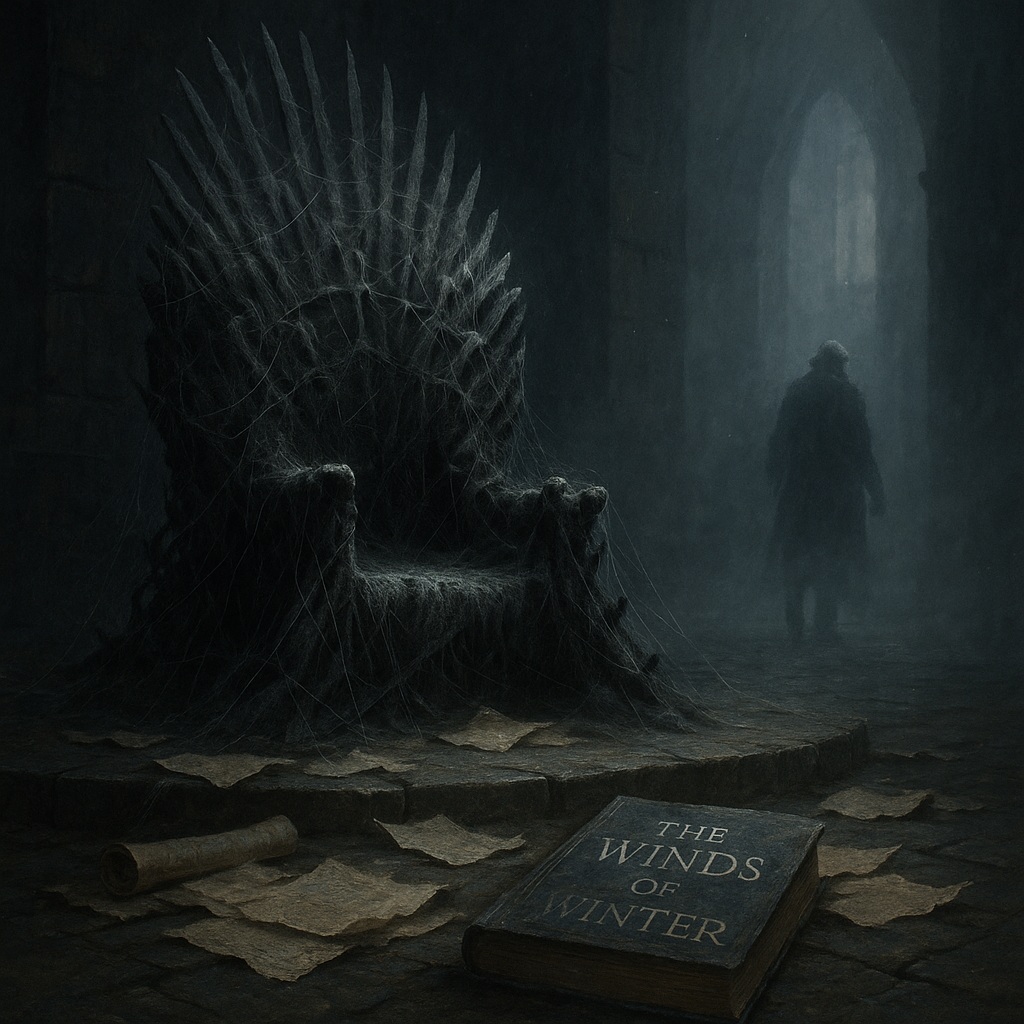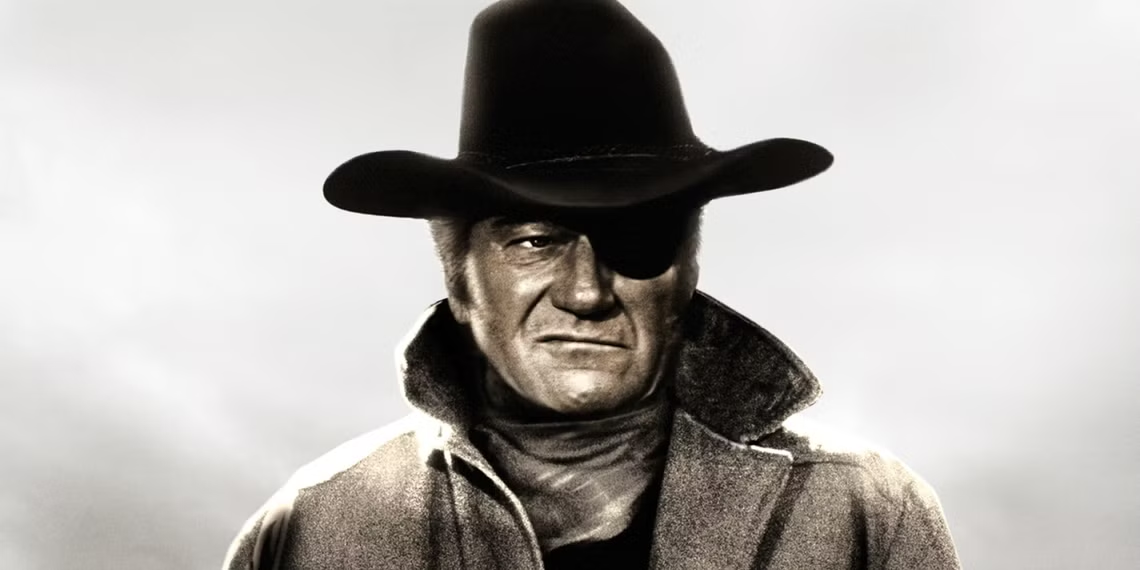The Enduring Legacy of Calvin and Hobbes: A Timeless Comic Strip
Calvin and Hobbes Forever – It’s a crisp autumn afternoon, and you find yourself flipping through an old, well-worn collection of Calvin and Hobbes comic strips. On settling with the pages, you just remember the joy and wonder filled in by these two lovable characters that readers have experienced since its publication in 1985. Even though it’s been decades since Bill Watterson drew his last panel, Calvin and Hobbes remains deeply affixed to audiences around the world.
The Cultural Impact of Calvin and Hobbes
When Calvin and Hobbes first hit the newspapers, it quickly gained the favor of readers because of its creative storyline and insightful humor, mixed with philosophical undertones. The precocious, not-quite-six-year-old boy Calvin and his wise tiger friend, Hobbes, appeared as if by magic and were soon known to all in every home, invoking a legion of fans who identified with Calvin’s ceaseless curiosity and Hobbes’ wise yet playful nature.
The reach of the strip went beyond its faithful readership. It has been alluded to in other media over the years, including TV shows, books, and academic essays. Still, other cartoonists and creators have cited Calvin and Hobbes as a profound influence on their work. Jeff Kinney, author of Diary of a Wimpy Kid, cites the strip as a huge inspiration. Stephen Hillenburg, the creator of SpongeBob SquarePants, pointed to Watterson’s excellent mix of humor and thoughtfulness as a guiding light in his own creations.
Why Calvin and Hobbes Still Hits Home
What is it about Calvin and Hobbes that’s stuck around? At its base, the comic strip is all about universal themes: innocence in childhood, the complexities of growing up, and seeking meaning in a world that seems to be going crazy. Thanks to Calvin’s strong imagination, he can escape to the worlds he himself creates, exploring within them the beauty and fears which fill the childhood of every child. Be it the minefield of school days or space adventure as Spaceman Spiff, Calvin’s escapades are the image of boundless creativity and energy of youth.
Deeper philosophical questions, though, usually come up in the strip in the way of conversations between Calvin and Hobbes. Among others, their dialogues discuss the reality of life, the absurdity of human behavior, and the meaning of life itself. Presented humorously and heartwarmingly, these themes have struck a chord with readers of all ages, and every time we come back to read them, they are something fresh.
Character Dynamics: Calvin and Hobbes as Archetypes
Calvin and Hobbes are far from being just any boy and his stuffed tiger. They are archetypes that embody duality within the human experience. That is, Calvin represents the untamed spirit, being rebellious and insatiably curious, while Hobbes alternates between being a stuffed animal and a living, breathing tiger. He thus represents the superego: rational, calm, and often the voice of reason.
Their relationship is simple yet complex. For Calvin, Hobbes is a confidant, a partner in crime, and a moral compass. Calvin, to Hobbes, is an endless source of entertainment, but also a puzzle that he’s continually trying to piece together. In a way, the strip emulates what is inside the mind of all of us with regard to our conflict between what we want and what we know we need to do. It is a psychological strip in that manner.
The Artistic Style of Bill Watterson
The art style of Bill Watterson contributes to making Calvin and Hobbes a classic. What set the strip apart from all the others was his clean lines, expressive characters, and eye for detail. His ease with visual metaphor and achievement in showing complex emotions through deceptively simple drawings, he is no doubt a fabulous artist.
One of the most stunning things about Calvin and Hobbes is Watterson’s refusal to sell out. He notoriously turned down merchandising the characters, thinking it would compromise the comic’s integrity and cheapen the product. This had the effect of making the strip even more enigmatic and creating more allure. And Calvin and Hobbes has always stood as pure, unadulterated art, immune to consumerisms influences.
Personal Reflections and Fan Perspectives
Calvin and Hobbes is one of those comic strips that, as a fan, you keep going back to, and with each read, you find new layers of meaning. One of the strips that stands out for me describes where Calvin and Hobbes build a snowman that embodies, tragically, the human condition—melting away, unnoticed, as the world moves on. A reminder, distilled in a few simple panels, of how short life is.
I have heard other people who are fans express the same feelings. One fan, a middle-aged father, remembered how he read Calvin and Hobbes to his son, even using it as a sort of glue to their relationship. “The strip always gave us something to talk about—whether it was Calvin’s latest scheme or Hobbes’ sage advice. It made us laugh, but it also made us think.”
Experts in the field of comic arts also praise Watterson’s work. Comic art expert Dr. Charles Hatfield, a professor of English, describes Calvin and Hobbes as “a masterclass in visual storytelling, where every line, every word, is imbued with purpose.” He says that the strip had a legacy in its humor and how it could “capture the human experience in a way that is both profound and accessible.”
Multimedia Elements: Bringing the Comic to Life
To truly appreciate the genius of Calvin and Hobbes, it’s worth exploring the various multimedia elements that fans have created over the years. From fan-made animations to curated playlists pegging the mood for different strips, there is no limit to the creativity inspired by Watterson’s work.
One especially moving project of the fans is a short film where Calvin and Hobbes are reimagined in their later years. It is where an adult Calvin reminisces through his childhood with Hobbes about experiences of the world—a sort of bittersweet nostalgia that many fans have for the comic. Again, it tells us that though we outgrow things that are very close to our hearts, memories stay within us forever.
The Legacy of Calvin and Hobbes in the World of Comic Books and Beyond
From this point of view, if given a chance to reflect on the comic strip’s lasting impact, it appears that Calvin and Hobbes were able to make an indelible mark on both the world of comics and popular culture. Its timeless themes, unforgettable characters, and artistic brilliance continue to captivate new generations of readers. More than a comic strip, Calvin and Hobbes is a work of art. It speaks to the human experience in a way that few other works have.
In this world of transience, with all that exists feeling so ephemeral and disposable, Calvin and Hobbes refuses to leave. They are the very definition of what illuminates the beauty and complexity of life through the eyes of a boy and his tiger. So, on we turn the last page of this treasured volume, our hearts overflowing with thankfulness to Bill Watterson for his gift.
THANK YOU, BILL WATTERSON
Thanks To Bill Watterson For The Laughter The Tears The Insights The Memories. Thanks for creating a world for us to escape and reminding us of the magic that lies in our own heads and reminding us of our own childhoods. Your work has touched so many lives; its legacy continues in endless generations.




